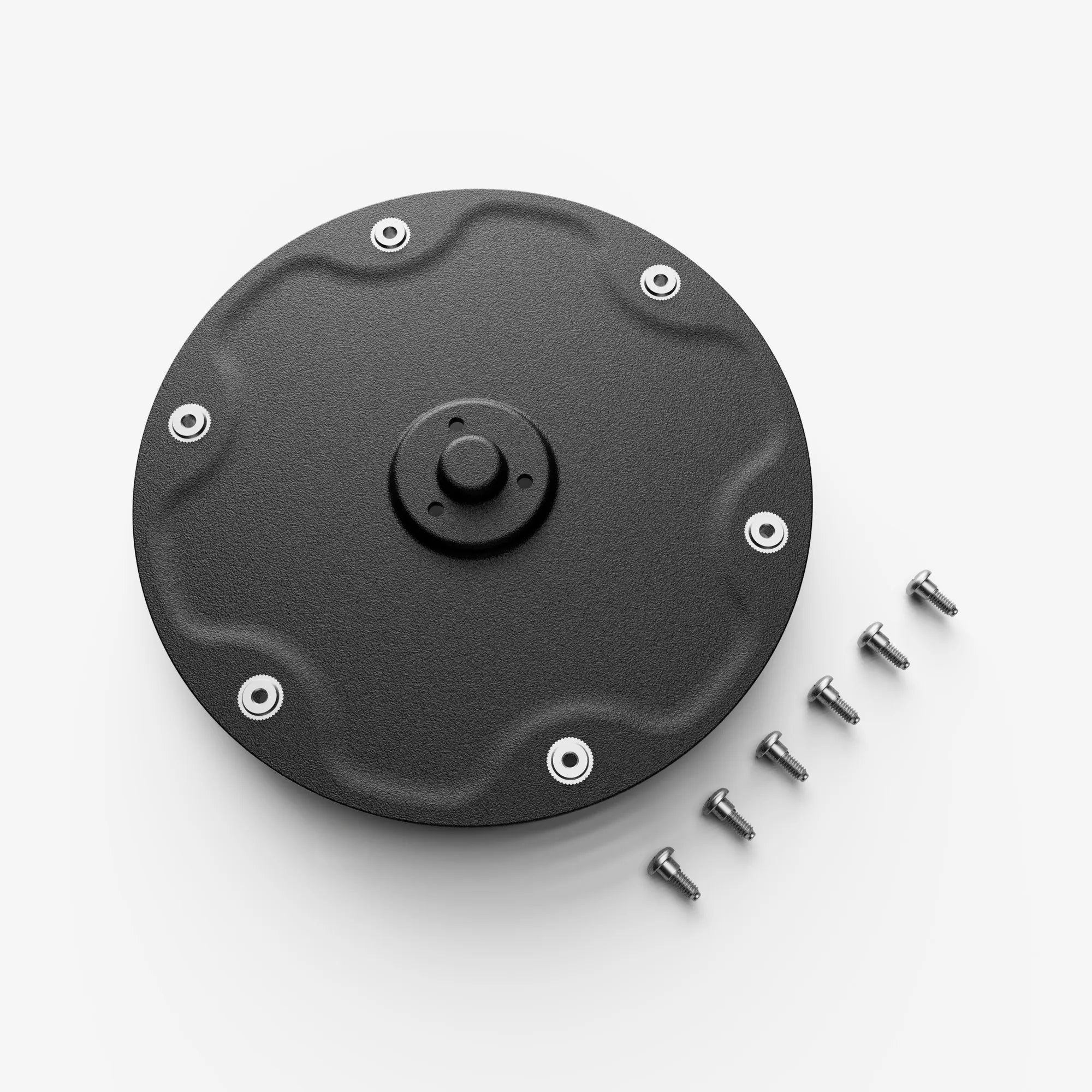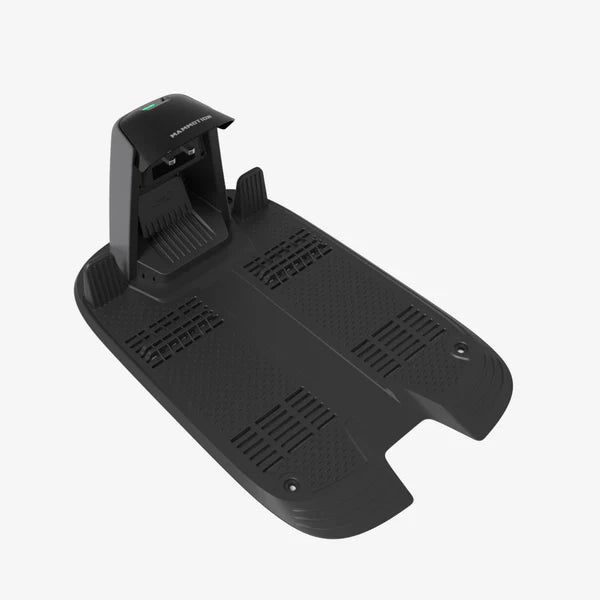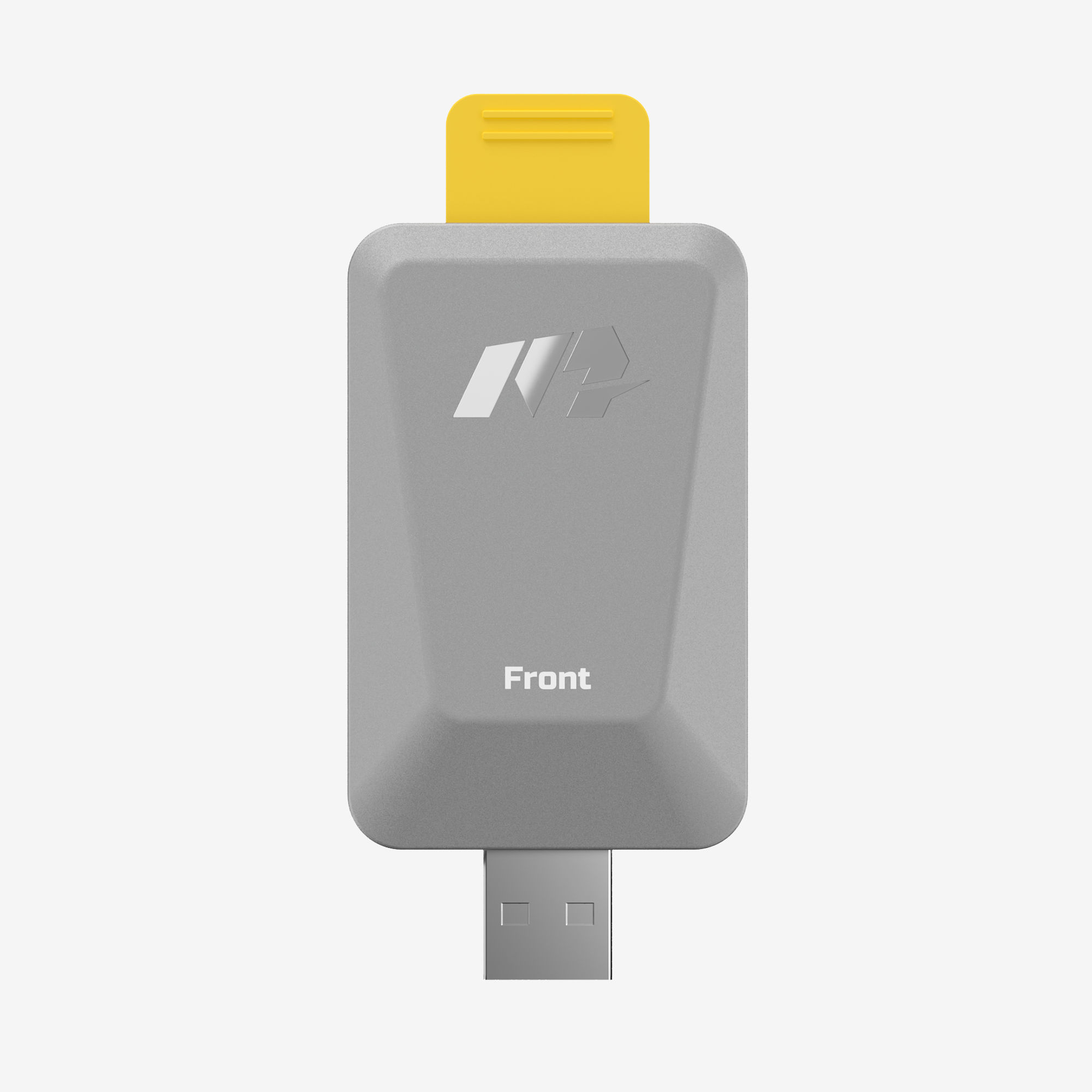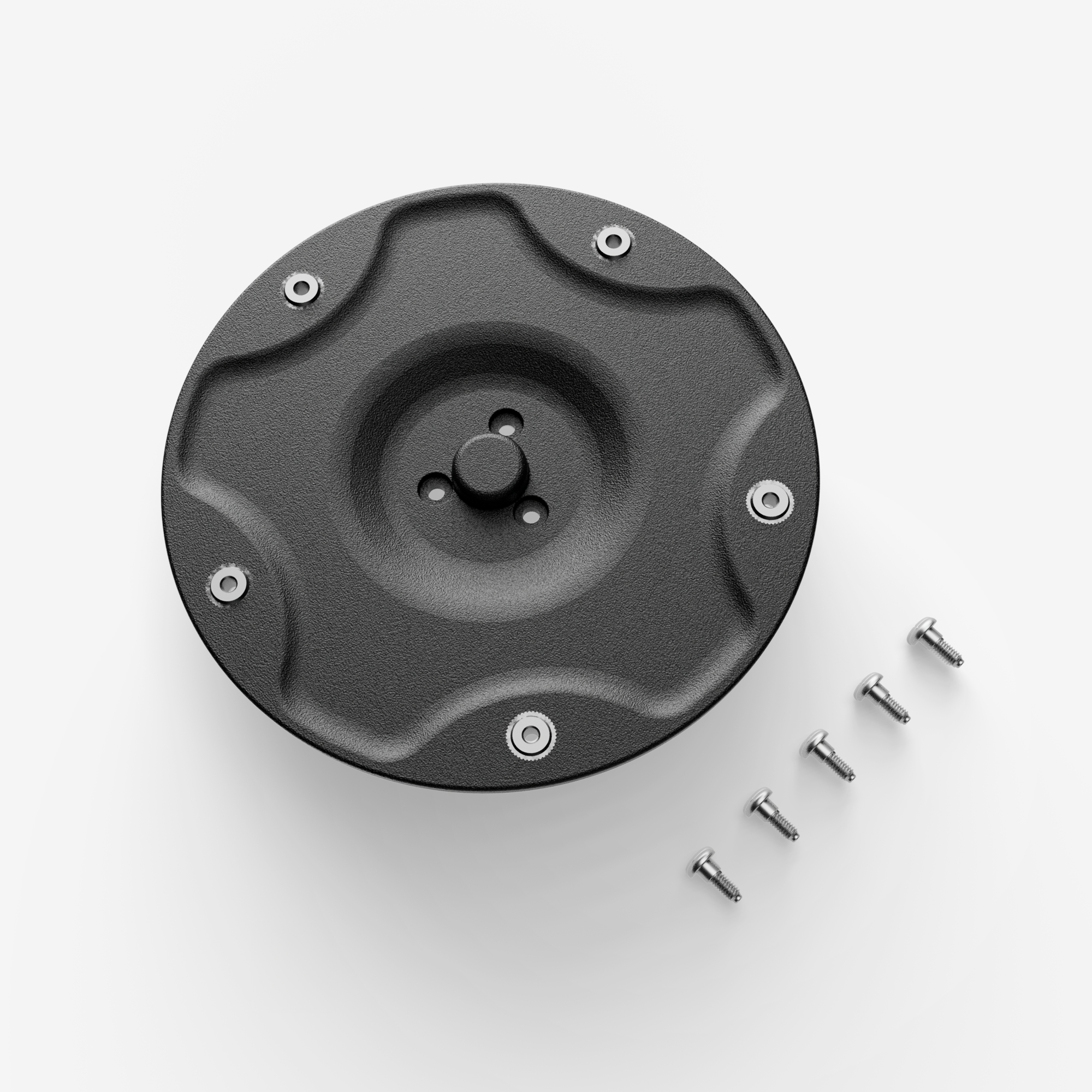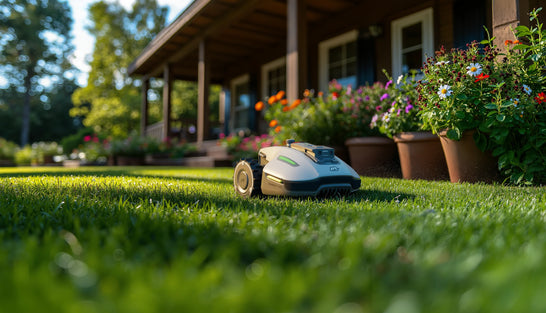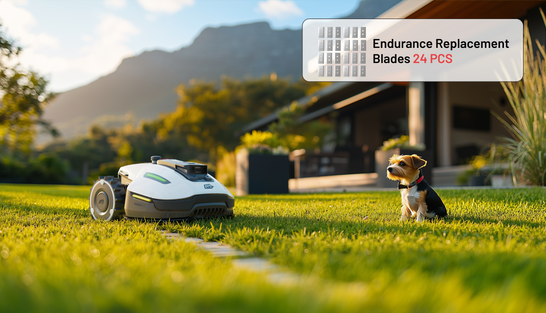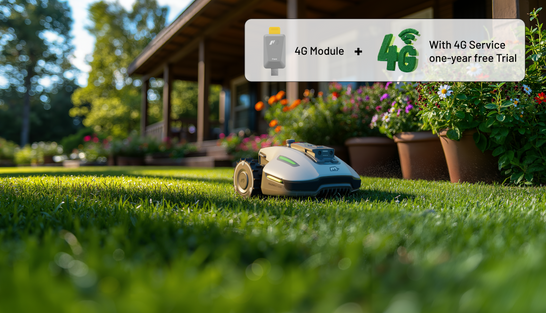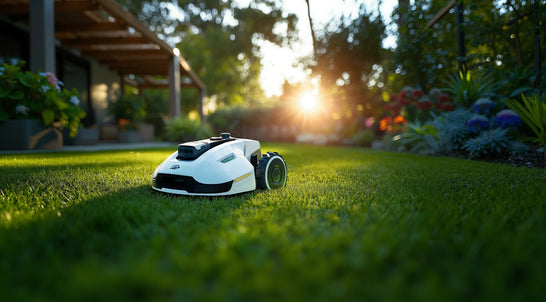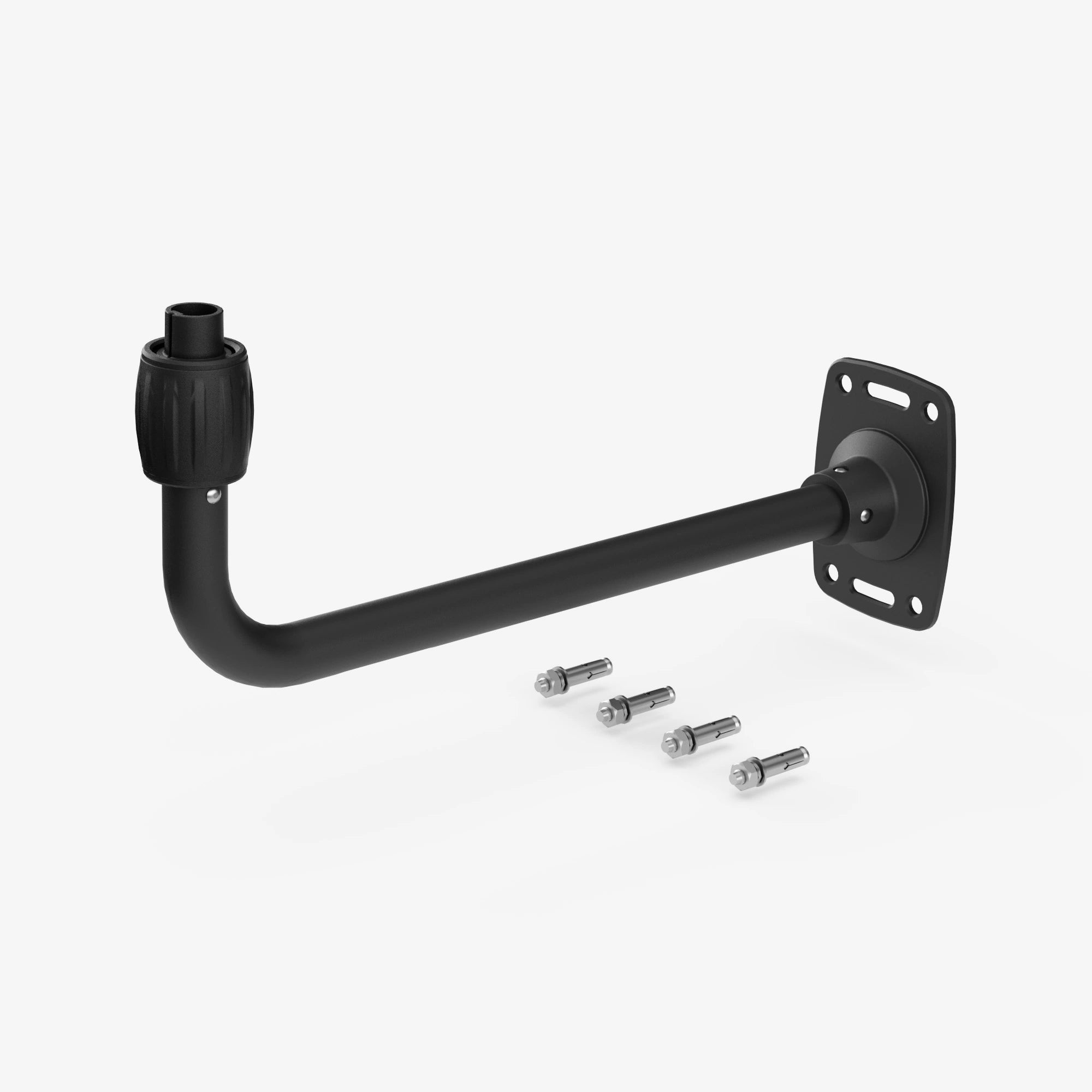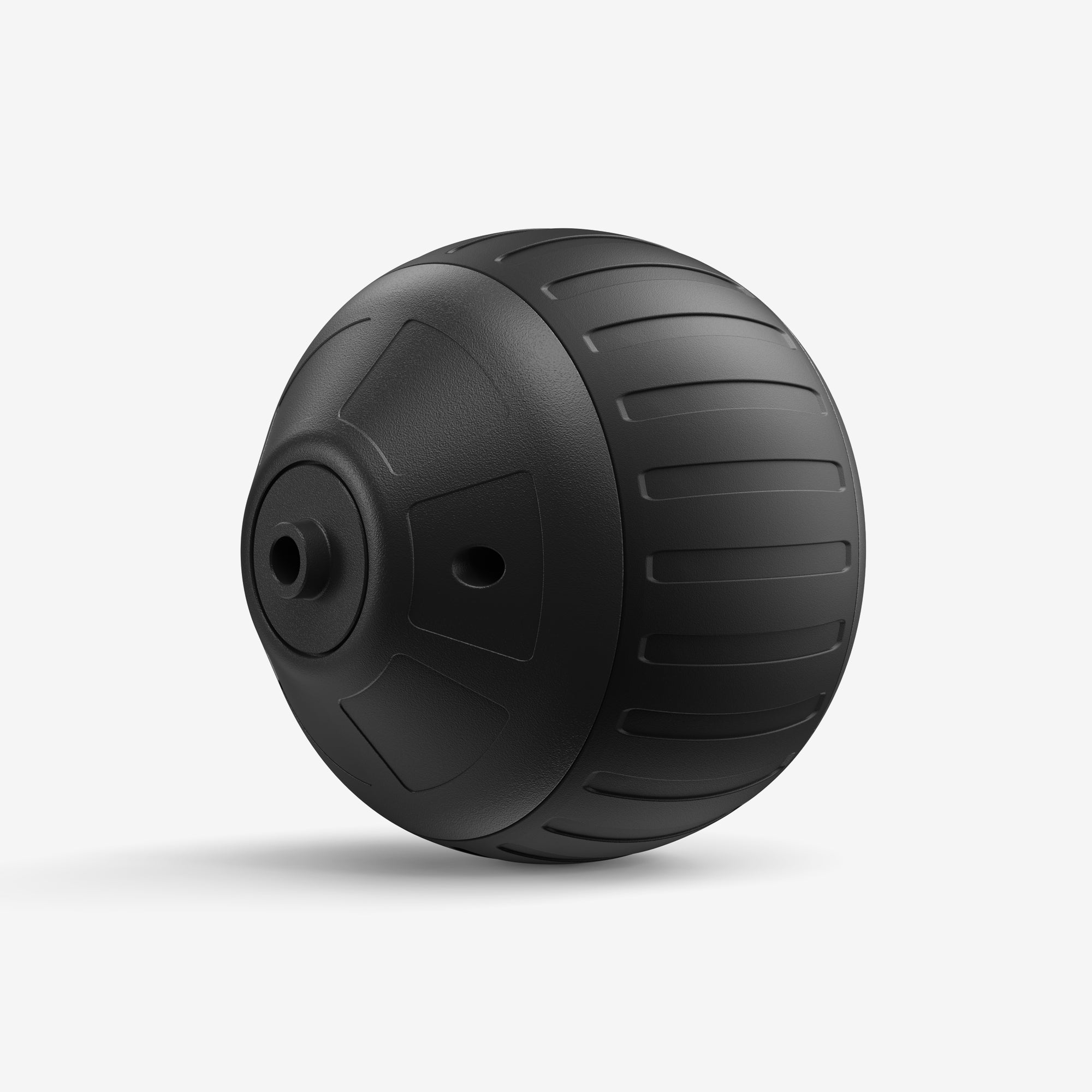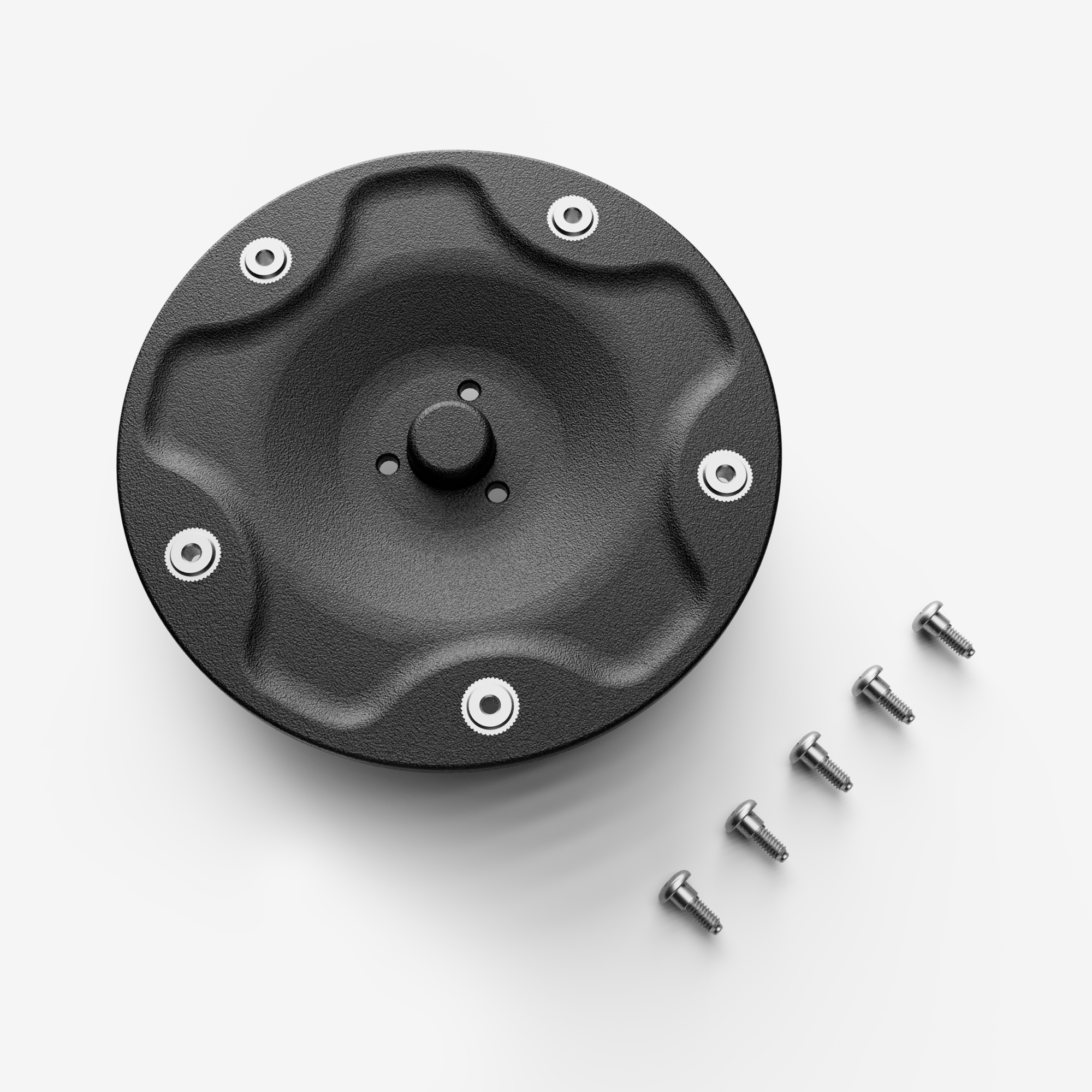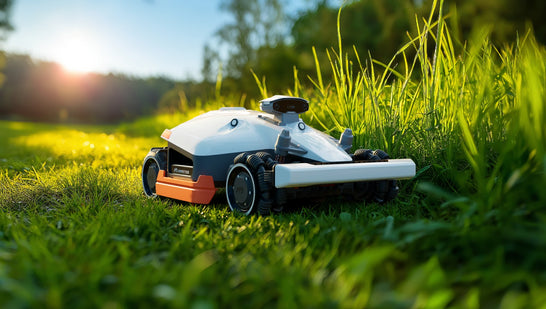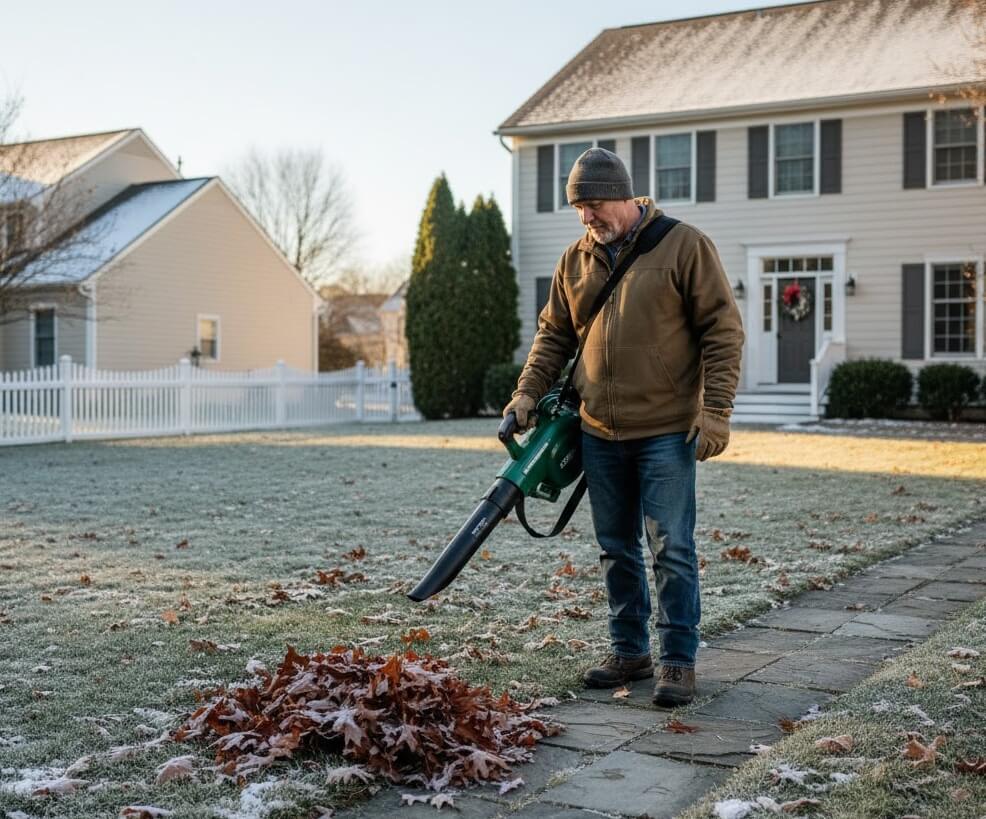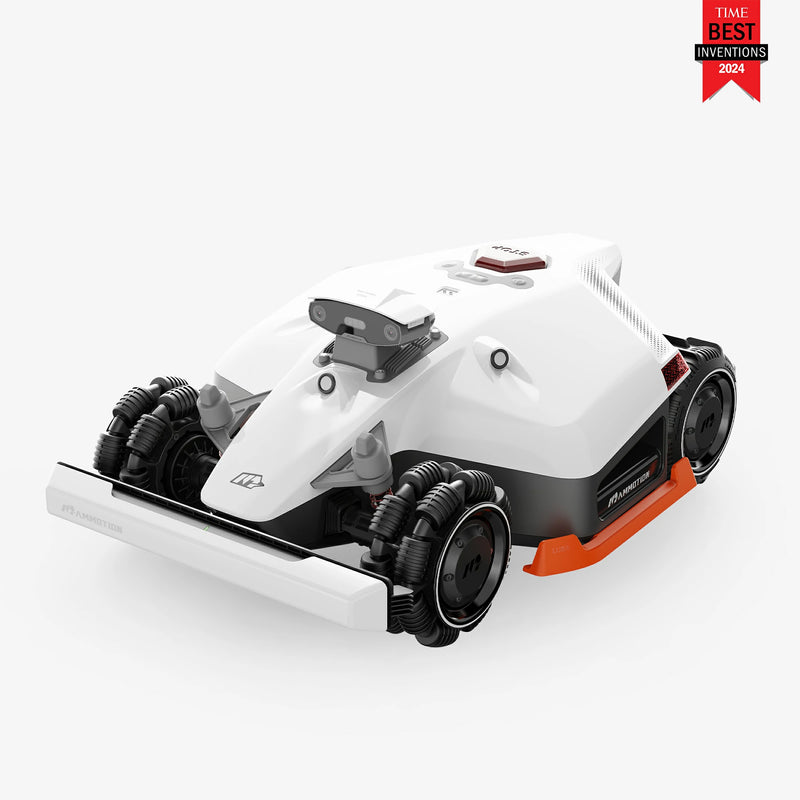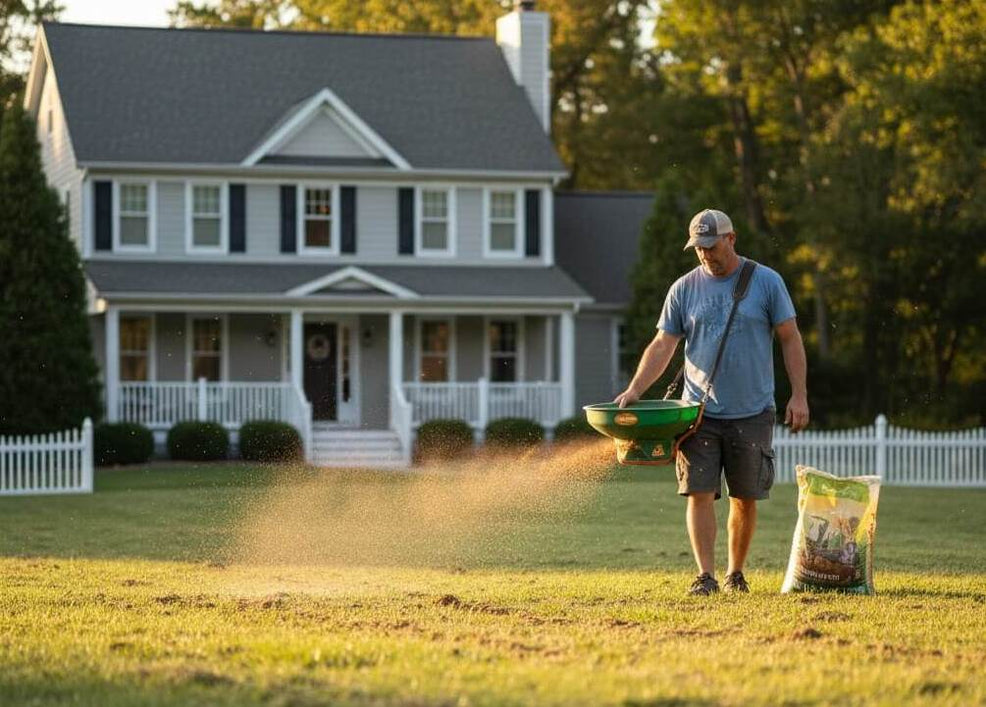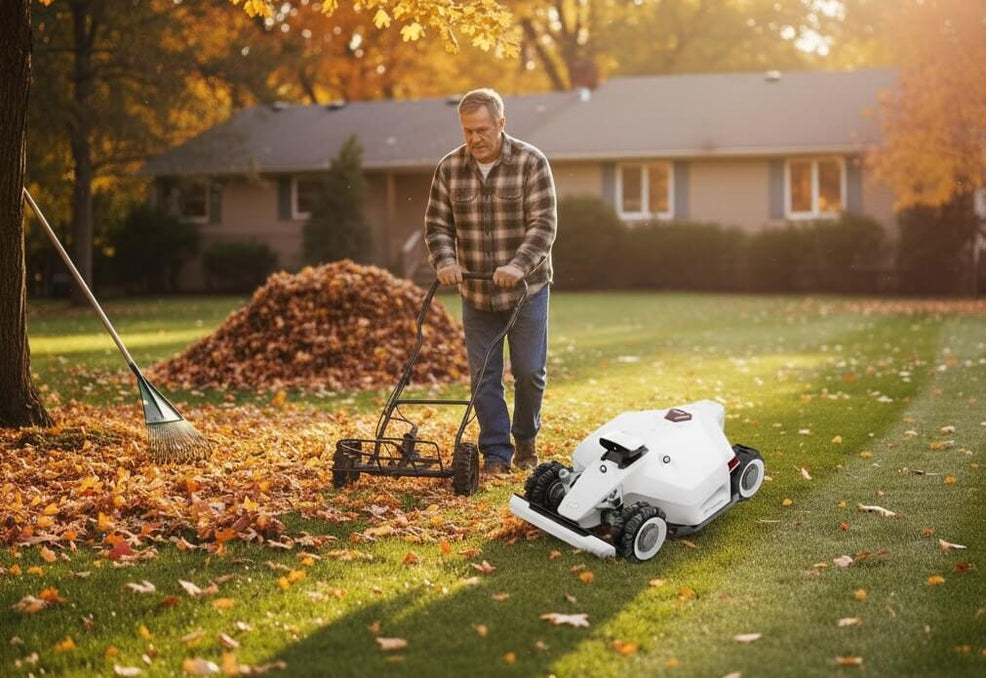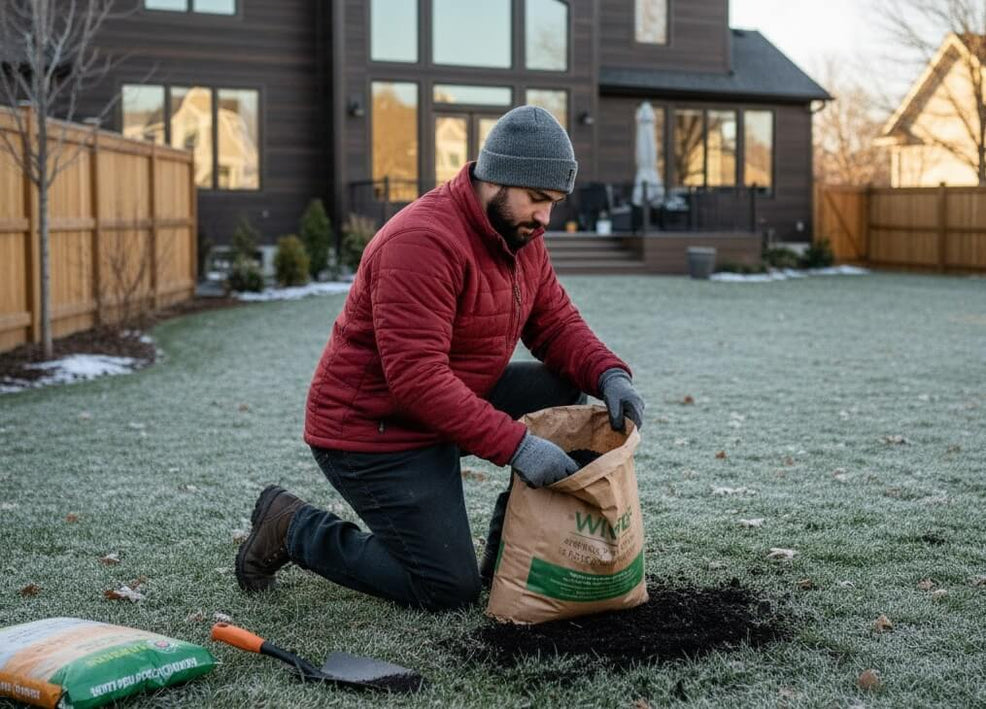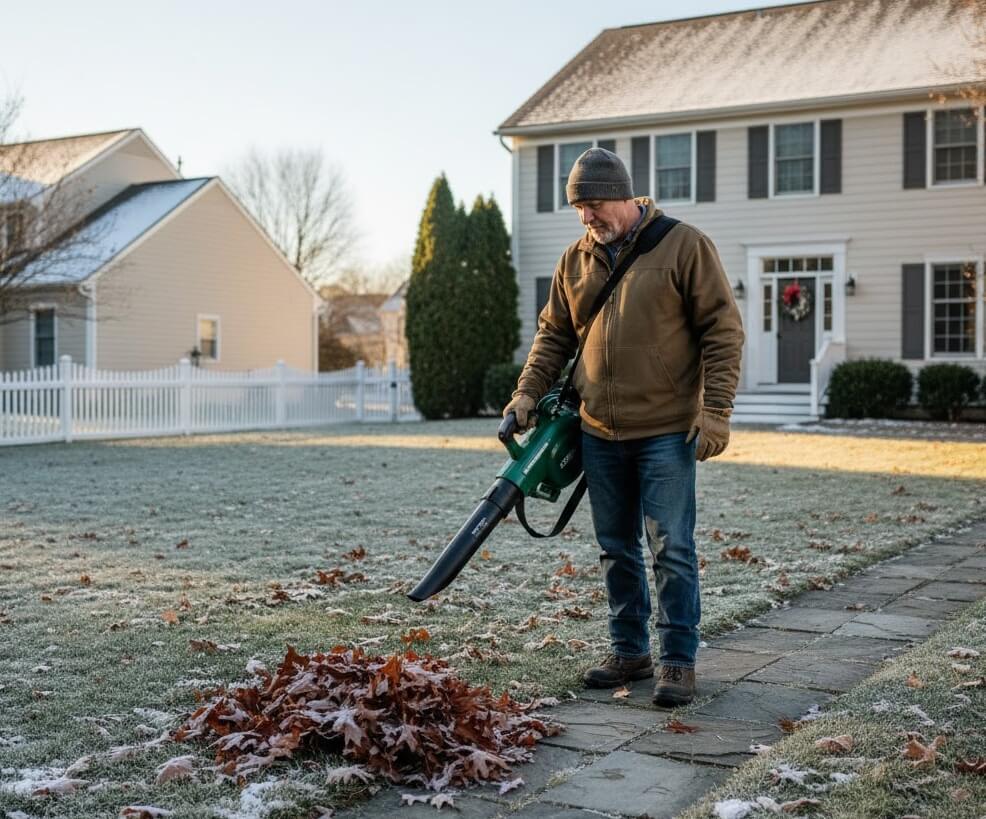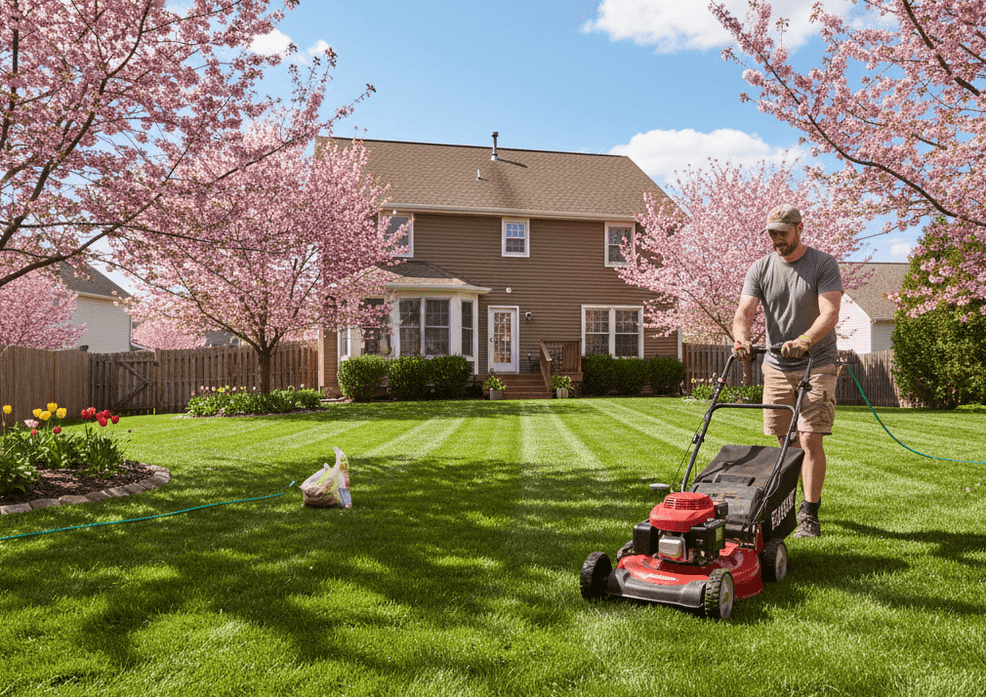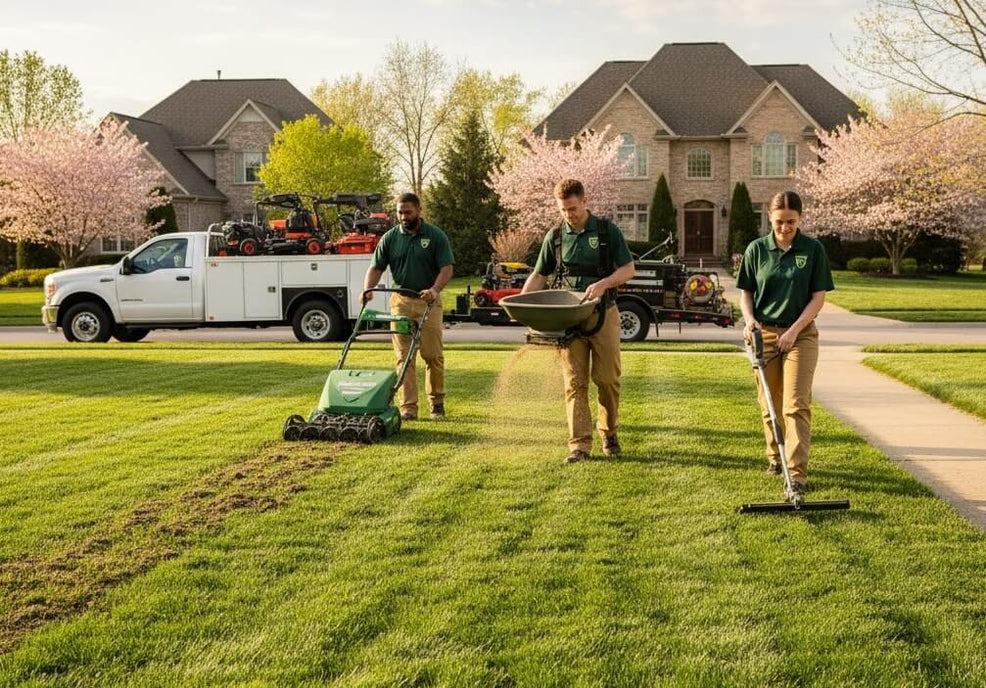Proper lawn maintenance in winter is essential for ensuring your grass survives dormancy and emerges healthy in spring. Cold temperatures, frost, and snow can stress your lawn, making seasonal preparation and care critical.
Winter lawn care goes beyond simply letting grass rest. Effective lawn care during winter includes strategic fertilization, aeration, mulching, and protective measures to shield roots from cold damage. By understanding your lawn’s needs and following a structured plan, you can reduce the risk of disease, nutrient loss, and bare patches.
This guide provides a comprehensive lawn care plan for preparing grass for winter, maintaining healthy turf during the cold months, and planning an efficient transition into spring growth. Whether you manage a cool-season or warm-season lawn, following these strategies ensures your winter grass treatment sets the stage for a lush, vibrant lawn once warmer weather returns.
Understanding Grass Needs in Winter
Knowing how your grass responds to cold weather is the first step in effective lawn maintenance in winter. Different species react differently to frost, snow, and reduced sunlight, and understanding these patterns helps you tailor care strategies for healthier growth come spring.
Common Types of Grass in Winter
Lawns in the U.S. typically feature either cool-season or warm-season grasses, each with unique winter behaviors:
- Cool-season grasses (Kentucky bluegrass, fescue, ryegrass) remain partially active during winter, growing slowly and maintaining green color if conditions are mild.
- Warm-season grasses (Bermuda, Zoysia, St. Augustine) enter deep dormancy in cold climates, turning brown but storing energy in roots for spring revival.
Identifying your grass type informs mowing schedules, fertilization, and watering practices during the dormant months, ensuring you don’t stress the lawn unnecessarily.
How Winter Affects Grass Health
Winter introduces several challenges to turf health:
- Reduced photosynthesis: Shorter days and weaker sunlight slow growth and energy production.
- Frost and freezing damage: Repeated freeze-thaw cycles can harm leaf tissue and shallow roots.
- Snow and ice stress: Heavy snow, ice accumulation, and compacted frozen soil can suffocate grass and encourage fungal diseases.
By understanding these effects, homeowners can implement strategies like late-season fertilization, proper aeration, and protective covers to mitigate damage and set the stage for a healthy spring recovery.
Preparing Grass for Winter
Proper preparation is key to successful lawn care in winter. By timing your final mowing, fertilization, and aeration correctly, and using the right tools, you can protect your grass during dormancy and set it up for a strong, healthy start in spring.
Timing Your Preparations for the Lawn
- Final mowing: Gradually reduce mowing height in late fall to avoid scalping but keep grass blades long enough (around 2.5–3 inches) to protect crowns. Better to use a robotic mower, which can help lawn health.
- Fertilization: Apply a winterizer fertilizer high in potassium 4–6 weeks before the first expected frost to strengthen roots and improve cold tolerance.
- Overseeding: For cool-season grasses, early fall overseeding ensures seedlings establish before winter dormancy.
- Aeration: Core aeration in late fall relieves compaction and promotes nutrient and water penetration.
Timing these steps according to your region’s frost schedule maximizes their effectiveness and minimizes stress on your lawn.
Essential Tools for Winter Lawn Maintenance
Having the right tools ready ensures efficient preparation and long-term care:
- Mowers and trimmers: Ensure blades are sharp; reduce height gradually for final cuts.
- Rakes and leaf blowers: Clear fallen leaves and debris to prevent fungal buildup.
- Spreaders: For precise fertilizer application.
- Aerators: Manual or machine-based for soil decompaction.
- Snow management tools: Shovels or snow blowers for removing heavy snow without damaging grass.
Proper tool maintenance—cleaning, sharpening, and storing equipment—also protects your investment and ensures readiness for spring.
Lawn Care Techniques for Winter
Effective lawn maintenance in winter relies on targeted techniques that protect roots, improve soil health, and prepare grass for spring. Fertilization, aeration, and top-dressing are key practices that strengthen your lawn and reduce the risk of winter damage or disease.
Fertilization Strategies
- Apply a winterizer fertilizer high in potassium and low in nitrogen about 4–6 weeks before the first frost.
- Slow-release formulas feed grass gradually, improving root strength and cold tolerance.
- Avoid heavy nitrogen applications, which can encourage vulnerable top growth instead of root development.
- For cool-season grasses, this step enhances color retention and prepares the lawn for early spring growth.
Aeration for Better Root Health
- Core aeration relieves soil compaction, improves water and nutrient absorption, and encourages deep root development.
- Conduct aeration in late fall when the lawn is still somewhat active, prior to full dormancy.
- Lawns with heavy clay or high foot traffic benefit most from this practice.
Top-Dressing with Organic Matter
- Applying a thin layer of compost or leaf mulch enriches soil with nutrients and protects the root zone from extreme temperatures.
- Top-dressing smooths uneven areas, reduces thatch, and increases microbial activity.
- Spread ¼ to ½ inch evenly over the lawn, taking care not to smother grass blades.
Protecting Your Lawn During Winter
Protecting your lawn during the cold months is essential for reducing stress and preventing damage. Proper insulation, covers, and careful snow management help maintain root health and minimize disease risk, ensuring a smoother transition to spring growth for your winter lawn.
Using Mulch for Insulation
- Apply mulch or organic matter around sensitive areas and along borders to buffer soil temperature fluctuations.
- Leaves, straw, or compost work well, preventing frost heaving and maintaining moisture.
- Mulch also provides nutrients as it decomposes, improving soil health for spring.
Benefits of Winter Covers
- Frost blankets, row covers, or landscape fabrics protect tender grass and newly seeded areas.
- Covers shield grass from wind, frost, and occasional snow, reducing stress on shallow roots.
They are especially useful for cool-season grasses in northern climates or newly established lawns.
Managing Snow and Ice Correctly
- Avoid heavy snow accumulation in localized areas, which can smother grass and encourage mold.
- Shovel carefully to prevent turf damage; avoid using metal edges directly on grass.
- Minimize foot traffic on frozen lawns to prevent compaction and breakage.
- Address ice patches with sand or a safe, lawn-friendly de-icer rather than salt, which can harm grass and soil.
Treating Common Winter Lawn Issues
Even during dormancy, winter lawns can face challenges like weeds and fungal diseases. Proper identification and timely interventions help maintain grass health, ensuring your lawn emerges strong and vibrant when growth resumes in spring.
Identifying and Controlling Winter Weeds
Common winter weeds include chickweed, henbit, and dandelions.
- Prevention: Apply pre-emergent herbicides in late fall to prevent germination.
- Control: Hand-pull small infestations or use selective post-emergent herbicides safe for dormant grass.
- Maintain proper mowing height and avoid excessive nitrogen in late fall, which can encourage weed growth.
Preventing Snow Mold and Other Diseases
Snow mold thrives under snow cover, particularly in thick, matted grass.
Prevention tips:
- Mow the lawn at the proper height before dormancy (2.5–3 inches).
- Remove leaves and debris to reduce fungal growth.
- Avoid heavy foot traffic on snow-covered areas.
If snow mold appears in spring, rake affected areas and apply a light nitrogen fertilizer to encourage recovery.
Planning for Spring: Transitioning from Winter to Growth
Preparing your lawn for spring involves strategic end-of-winter treatments and early seasonal practices. Proper timing and care help your grass recover from dormancy, reduce patchiness, and set the stage for a healthy, vibrant lawn as temperatures rise.
Final Lawn Treatments Before Spring
- Last fertilizer application: Apply a slow-release, balanced fertilizer as snow melts to support early growth.
- Lime or soil amendments: Test soil pH and adjust with lime or sulfur to optimize nutrient availability.
- Debris removal: Clear fallen leaves, branches, and winter mulch to prevent fungal growth and allow sunlight to reach crowns.
- Spot treatments: Address lingering weeds or damaged areas with herbicides or seed for bare patches.
Early Spring Care Checklist
First mowing: Begin when grass reaches 2.5–3 inches; keep blades sharp. Incorporating a robotic lawn mower into your early spring lawn care routine can enhance efficiency and precision.
- Watering: Resume regular irrigation as soil dries and temperatures rise. Incorporating a robotic lawn mower into your early spring lawn care routine can enhance efficiency and precision.
- Pre-emergent weed control: Apply early in regions prone to crabgrass or other spring weeds.
- Monitor for disease: Inspect for fungal signs or winter damage; treat promptly to prevent spread.
- Plan your lawn care schedule: Set up seasonal mowing, fertilization, and maintenance routines for optimal results throughout the growing season.





